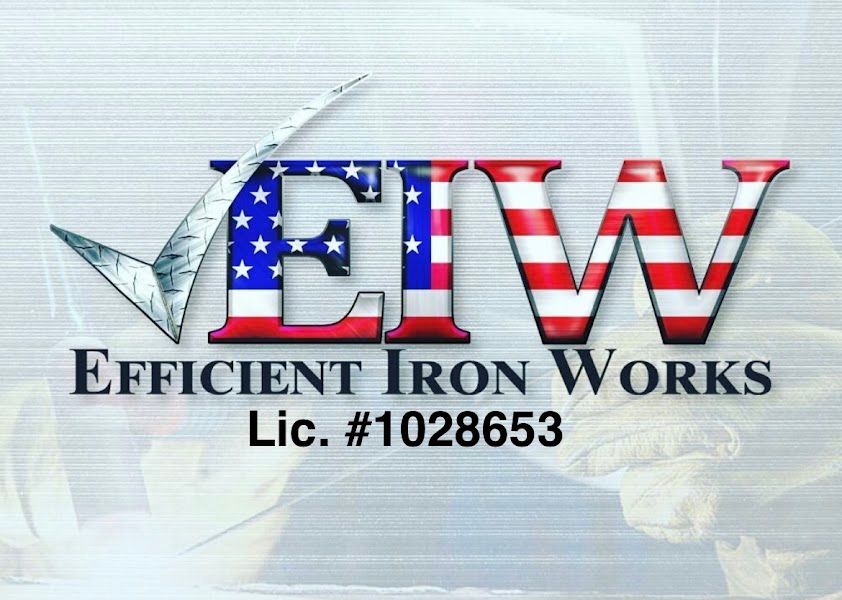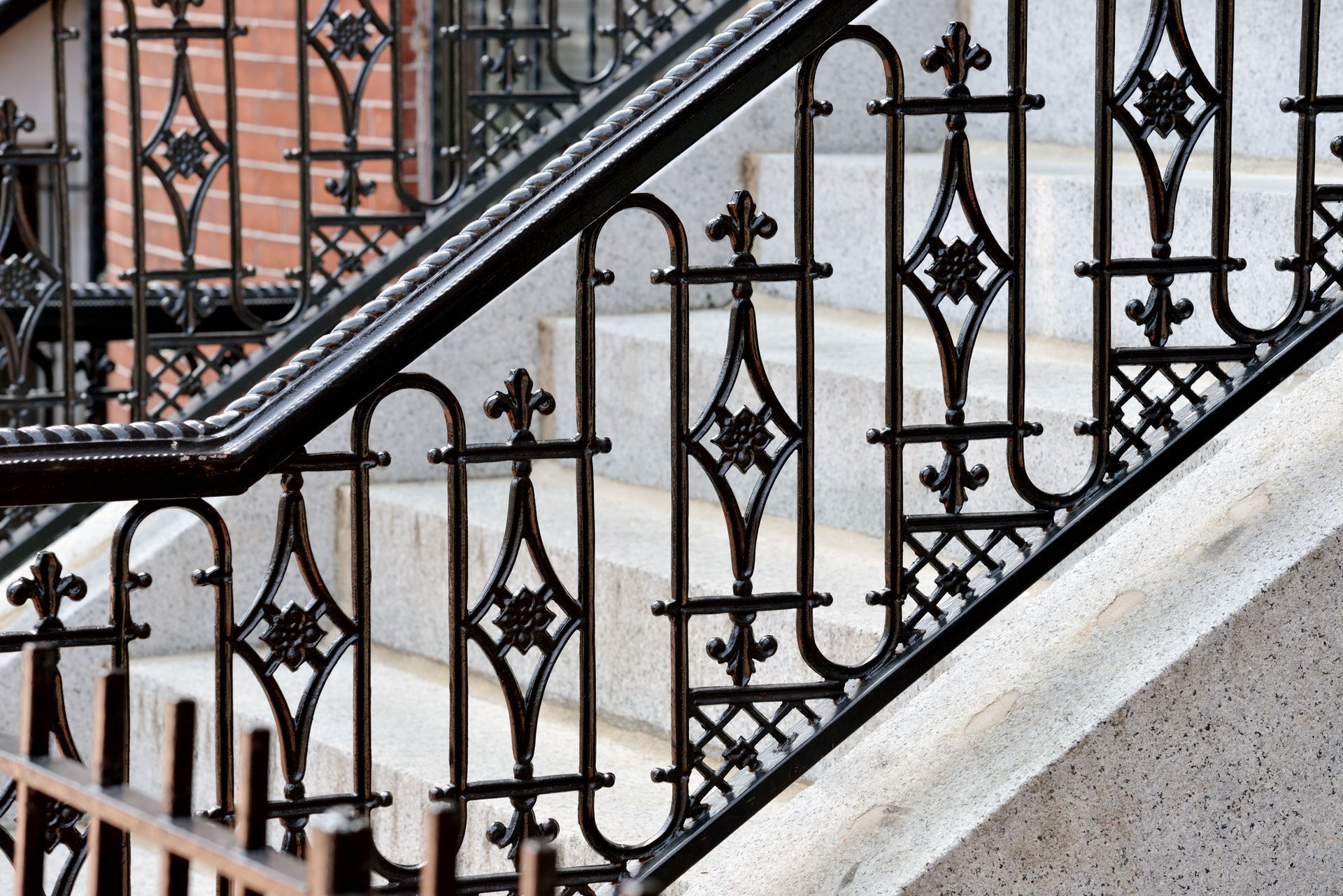October 23, 2025
Ornamental iron fences are celebrated for blending visual elegance with lasting strength. Their intricate designs add sophistication to both residential and commercial properties, while their robust construction ensures long-term functionality. Across changing seasons, these fences demonstrate remarkable resilience, standing up to diverse environmental challenges. By examining how ornamental iron fences endure winter cold, spring moisture, summer heat, and autumn variability, homeowners and property managers can better appreciate the enduring value of ironwork in their landscapes.
Appreciate the Elegance of Ornamental Iron Fences
The primary appeal of ornamental iron fences lies in their aesthetic sophistication. Homeowners select these fences to enhance curb appeal while also establishing clear property boundaries. Their detailed designs complement a wide range of architectural styles, from historic estates to contemporary homes. Beyond their decorative quality, ornamental iron fences offer a sense of security and permanence, making them both a practical and artistic investment. The lasting beauty of wrought iron ensures it continues to impress across generations.
Construction methods contribute significantly to the durability of ornamental iron fences. Traditionally crafted from wrought iron or steel, these fences undergo processes such as forging, welding, and powder coating to strengthen and protect the material. Modern advances, including galvanized steel and high-quality protective finishes, provide resistance to rust and corrosion. Every section is precision-fitted to enhance both structural integrity and aesthetic harmony. These careful fabrication techniques reflect the artistry inherent in skilled iron fabrication.
Ornamental iron possesses properties that make it particularly suitable for long-lasting fencing solutions. Its high tensile strength and malleability allow for intricate designs without sacrificing durability. Treatments like galvanization further protect iron against moisture and corrosion. Unlike wood or vinyl, iron withstands physical impacts and weather-related stress with minimal deterioration. Investing in ironwork means choosing a fencing material that maintains its form and appearance over decades.
Iron fences also carry historical significance. From the Renaissance through Victorian eras, ornamental iron was a symbol of wealth, prestige, and craftsmanship. Grand estates and public buildings incorporated elaborate ironwork to convey sophistication and permanence. Today, these traditions inspire contemporary designs, blending classic elegance with modern functionality. The rich heritage of ornamental iron underscores both its artistic and cultural value, adding a layer of depth to its practical appeal.
Protect Iron Fences During Winter Challenges
Winter brings snow, ice, and freezing temperatures that can stress outdoor structures. Ornamental iron fences endure heavy snow loads due to their inherent strength, although large accumulations can temporarily increase structural strain. Ice formation adds weight and moisture, potentially affecting both safety and longevity. Iron’s durability helps it resist these pressures, especially when paired with regular maintenance and timely removal of snow and ice.
Iron demonstrates excellent resistance to sub-zero temperatures, avoiding fractures or deformation due to its low thermal expansion coefficient. Protective measures, like rust-inhibiting paints or sealants, further enhance performance in cold climates. Additional care during winter ensures fences remain structurally sound and visually appealing as temperatures rise again.
Salt and ice-melt chemicals used on sidewalks and roads can accelerate corrosion. Regular cleaning and inspections prevent buildup of these substances and preserve both finish and integrity. Gentle washing methods remove corrosive residues while maintaining the decorative features of ironwork.
Routine winter maintenance is essential for longevity. Applying protective coatings, securing posts, and addressing any minor damage prevents larger structural issues. Proactive attention ensures ornamental iron fences withstand winter's harsh conditions while remaining aesthetically intact.
Address Spring Challenges for Ironwork Longevity
Spring introduces rain, humidity, and residual winter damage. Effective drainage prevents standing water around fence posts, reducing rust risk. Applying additional protective coatings shields wrought iron during frequent rainfall, preserving both appearance and strength.
Rust prevention is critical during this season. Proactive maintenance, including paint touch-ups and anti-corrosion treatments, prevents early signs of deterioration. Quick intervention when rust is detected stops it from spreading, ensuring the fence continues to look pristine.
Spring is ideal for rejuvenating fences after winter wear. Touching up paint, aligning misaligned sections, and repairing minor scratches restores the ironwork’s full visual and structural integrity. Thorough post-winter inspections reveal hidden issues that may have been masked by snow or ice.
Beyond structural benefits, ornamental iron supports environmental sustainability. Iron is highly recyclable, reducing the ecological impact of fencing projects. Thoughtful fencing layouts can also provide safe spaces for wildlife movement, demonstrating that durability and environmental responsibility can coexist.
Protect Against Summer Heat and Sun Damage
Summer exposes fences to heat and intense sunlight. Ornamental iron’s thermal resilience prevents warping or buckling under extreme temperatures. UV-resistant coatings preserve both the color and structural integrity of wrought iron, ensuring long-term durability.
Prolonged UV exposure can fade and degrade materials. Applying specialized protective paints shields ornamental iron, maintaining its vibrancy and preventing surface damage. Regular repainting ensures fences retain both aesthetic and functional qualities throughout the hottest months.
Summer care strategies include maintaining airflow around fences, removing debris, and inspecting for early signs of damage. Proper vegetation management prevents moisture buildup, which could exacerbate rust formation. These preventive steps ensure ornamental iron fences remain strong and attractive during the season.
Real-world examples from sunny states like California and Arizona demonstrate how well-maintained iron fences resist heat and UV exposure. Property owners consistently report minimal maintenance requirements, confirming ornamental iron’s reliability in extreme summer conditions.
Manage Autumn Hazards Effectively
Autumn brings falling leaves and debris, which can retain moisture around fence posts. Regular cleaning prevents mold or mildew from forming and protects the iron coating. Strategic landscaping further minimizes debris accumulation and maintains a tidy appearance.
Cooler temperatures and increased dew introduce moisture-related challenges. Modern protective coatings enhance resistance to rust and corrosion, while evening cleaning routines reduce moisture buildup. Iron fences treated with these advancements withstand autumn’s humidity and dew.
Autumn is also the time to prepare for winter. Routine inspections and application of protective coatings ensure the fence can endure freezing temperatures and snow accumulation. Addressing weak points and loose fixtures during this season prevents potential winter damage.
Temperature fluctuations can cause expansion and contraction in fencing materials. Ornamental iron’s consistency accommodates these changes, though inspection for stress points is recommended. Maintaining installation flexibility helps preserve long-term structural integrity.
Adopt Innovations for Enhanced Ironwork Durability
Advancements in protective coatings have significantly increased the lifespan of ornamental iron fences. Modern coatings prevent oxidation and weathering while maintaining visual appeal. Nanotechnology and other innovations offer superior protection, ensuring fences remain pristine under various environmental conditions.
New materials complement traditional iron, combining alloys for enhanced strength, lightweight installation, and improved corrosion resistance. These innovations allow homeowners to enjoy durable and customized fencing solutions without compromising quality.
Technological developments, including 3D design software and automation, have transformed wrought iron production. Precision manufacturing enables intricate designs and faster installation while reducing material waste. Consumers benefit from a combination of efficiency, customization, and reliability.
Looking ahead, smart coatings and automated designs promise further improvements in fence durability. According to the U.S. Bureau of Labor Statistics, overall employment of ironworkers is projected to grow by 4% between 2024 and 2034, reflecting increasing demand for innovative iron fabrication solutions. As the industry evolves, ornamental iron fences will continue to benefit from technological and material advancements.
Choosing ornamental iron as a fencing solution is an investment in both lasting strength and visual sophistication. By combining traditional craftsmanship with modern innovations, these fences provide exceptional value year-round. Contact us at Efficient Iron Works to select, maintain, and install ornamental ironwork that remains strong, beautiful, and enduring for generations to come.


